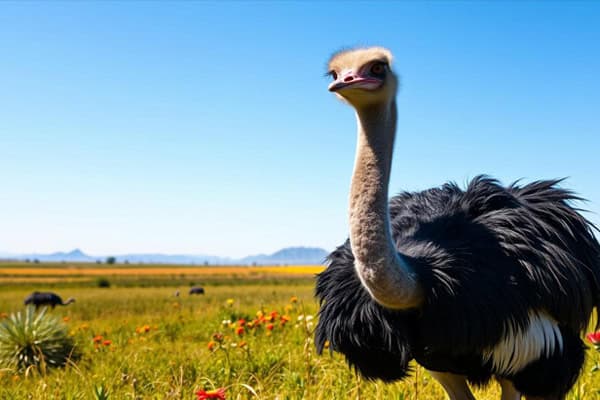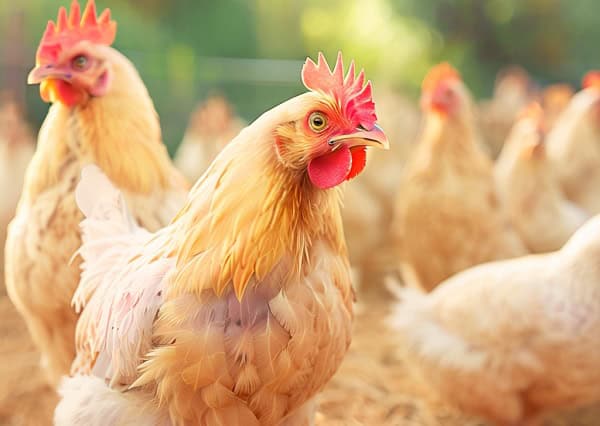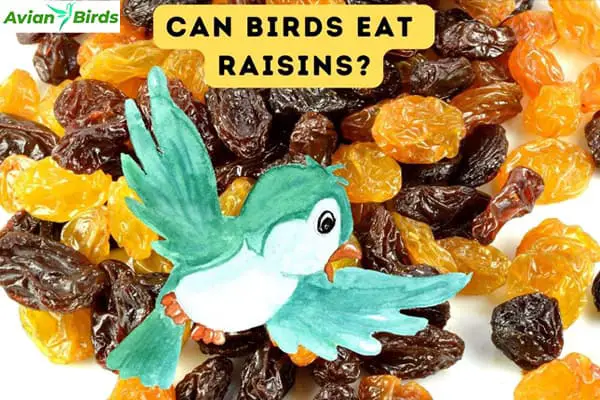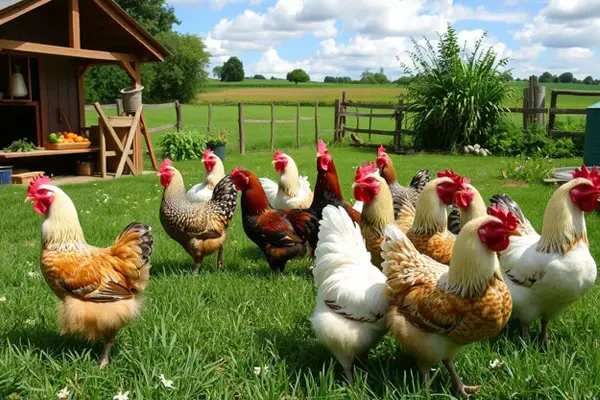What Birds Eat Berries? Top 10 Birds You Didn’t Know
Do you know What Birds Eat Berries? Many birds rely on berries as a primary food source, especially during fall and winter when insects and other resources become scarce. From common backyard visitors to lesser-known species, these birds find nourishment in berries and help spread seeds, supporting plant growth. If you’re curious about which birds eat berries and how to attract them to your garden, here are the top 10 berry-loving birds you may not have known about.
Key Takeaways:
- Various bird species rely on berries, especially during colder months or migration.
- Berries offer birds essential nutrients, sugars, and fats to sustain them.
- Attracting berry-eating birds can be as simple as planting native shrubs and berry-producing plants.
1. American Robin
The American Robin is one of the most familiar birds across North America, recognized by its warm orange breast and cheerful song. Robins are omnivorous, but they shift their diet to berries when insects become less available. In fall and winter, they feast on a range of berries, such as juniper, hackberry, and holly.
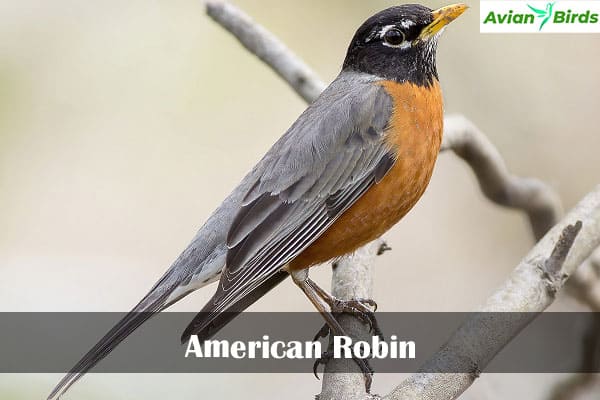
Why Robins Love Berries:
- Energy Source: Berries provide robins with quick, easy energy from natural sugars.
- Survival in Winter: When worms are buried deep or scarce, robins turn to berries for sustenance.
2. Cedar Waxwing
With their sleek, brownish-gray plumage and striking black eye masks, Cedar Waxwings are easy to spot in flocks near berry-laden trees. Known for their appetite, these birds are often seen devouring berries like dogwood, serviceberry, and juniper.
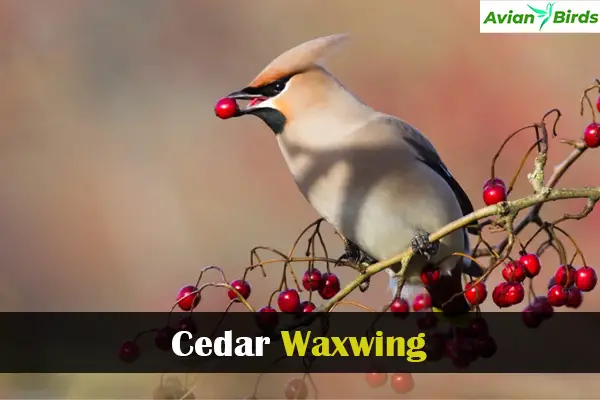
Fun Fact:
- Cedar Waxwings occasionally eat so many fermented berries that they become slightly intoxicated!
Preferred Berries:
- Dogwood, juniper, holly
3. Northern Mockingbird
Northern Mockingbirds are highly territorial birds that use berries as a primary food source, particularly in colder months. They consume a variety of berries, from elderberries to hawthorn and blackberries.
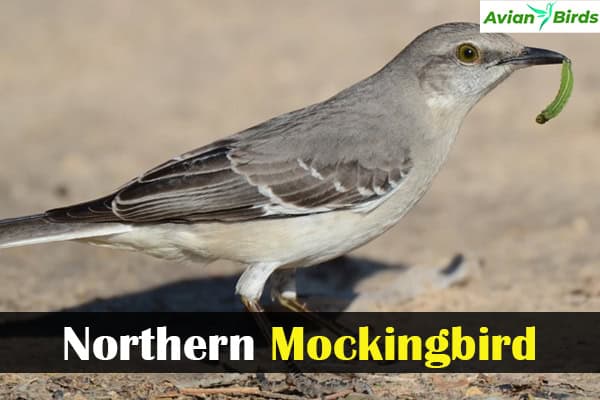
Why Mockingbirds Eat Berries:
- High Energy for Defense: Berries provide the energy needed to defend their territories vigorously.
- Seasonal Availability: When insects are scarce, berries serve as a critical food source.
4. Eastern Bluebird
The Eastern Bluebird is easily recognized by its vibrant blue feathers and chestnut-colored chest. During winter, bluebirds rely on berries to supplement their diet, as they struggle to find insects in the cold.
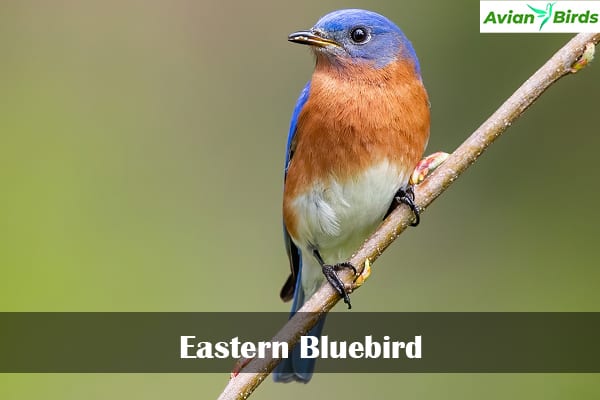
Why Berries Matter for Bluebirds:
- Nutritional Support: Berries like dogwood and viburnum provide essential sugars and fats.
- Easy Food Source: Berries are easy to digest and provide quick energy during the colder months.
5. European Starling
Though sometimes considered invasive, the European Starling plays an important role in dispersing seeds. Starlings consume various berries, including holly, elderberry, and even ornamental plants.
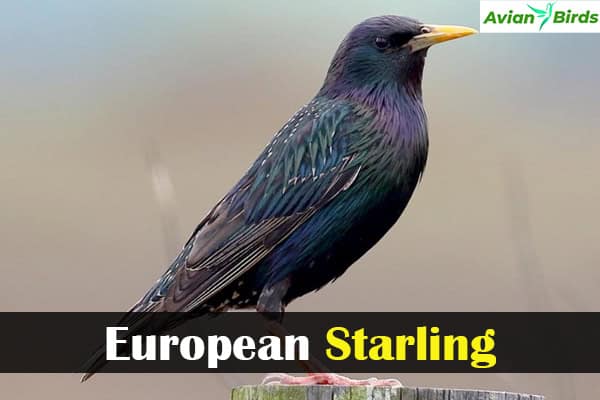
Why Starlings Choose Berries:
- Wide Diet: Starlings are omnivores and berries fit well into their varied diet.
- Winter Nutrients: Berries offer essential vitamins that starlings need when other food sources are low.
6. Gray Catbird
Known for its meowing call, the Gray Catbird is a frequent visitor to berry-producing shrubs. Gray Catbirds consume a variety of berries, including elderberries, mulberries, and honeysuckle, especially during migration.
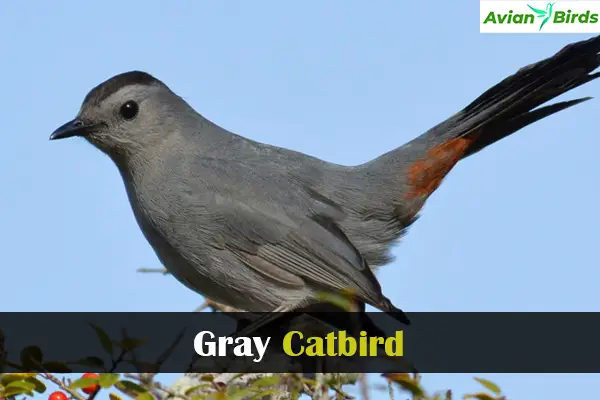
Why Gray Catbirds Favor Berries:
- Fuel for Migration: The sugars in berries are a high-energy fuel source, helping catbirds during migration.
- Supplement to Insect Diet: When insects aren’t available, berries serve as a primary food source.
7. House Finch
House Finches are common in urban and suburban areas, often spotted at feeders. Though they mainly eat seeds, these birds enjoy berries like blackberries, mulberries, and cherries when they’re available.

Benefits of Berries for House Finches:
- Hydration and Energy: Juicy berries provide both hydration and energy in hot climates.
- Adaptability: With a flexible diet, berries are a seasonal treat that supports their dietary needs.
8. Hermit Thrush
The Hermit Thrush is a hardy bird that braves the winter months in colder climates. During winter, they rely heavily on berries such as juniper, mistletoe, and toyon.
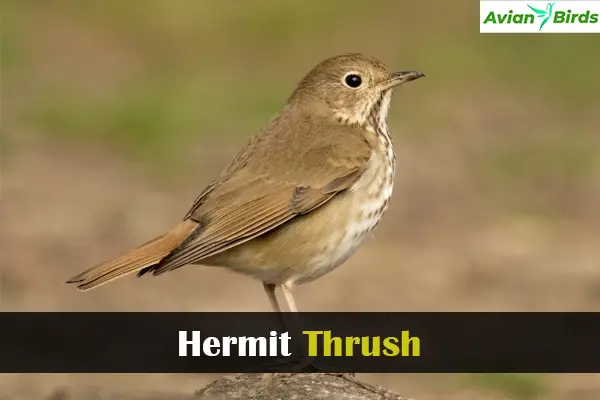
Why Berries Are Essential for Hermit Thrushes:
- Winter Survival: With a lack of insects, berries supply the necessary calories.
- Nutrient-Rich: Berries are rich in vitamins and nutrients that sustain them in harsh weather.
9. Yellow-Rumped Warbler
Affectionately known as “Butter Butts” due to the yellow patch on their rump, Yellow-Rumped Warblers eat berries like bayberry and wax myrtle. This unique adaptation allows them to survive in areas where other warblers cannot.
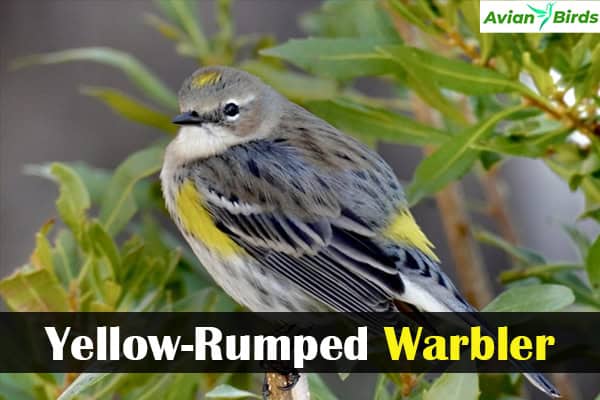
Why Berries Help Warblers:
- High-Fat Content: Certain berries have a waxy coating that provides long-lasting energy.
- Survival Through Migration: Berries help fuel these birds during their long migratory journeys.
10. American Crow
The American Crow is an intelligent, adaptable bird that will eat almost anything, including berries. They consume elderberries, poison ivy berries, and even sumac berries when available.
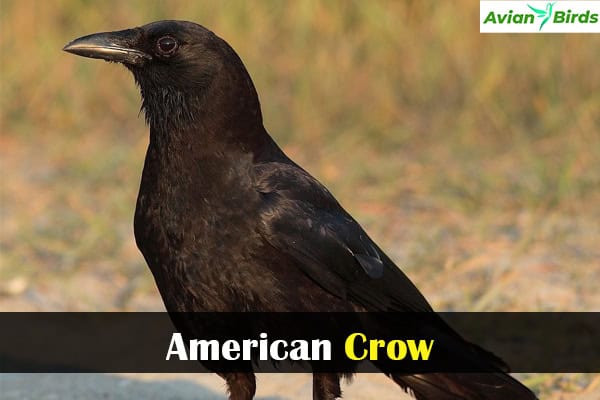
Why Berries Are Part of a Crow’s Diet:
- Varied Diet: Crows have a wide-ranging diet and consume berries for both nutrition and hydration.
- Seed Dispersal: As crows eat and spread seeds, they play a role in maintaining local ecosystems.
FAQs: What Birds Eat Berries?
Q1. Do all birds eat berries?
Not all birds eat berries, but many omnivorous species rely on them for part of their diet, especially when other food sources are unavailable.
Q2. Why do birds eat berries in winter?
Berries are rich in sugars and fats, making them an ideal energy source during colder months when insects, seeds, and other foods are less accessible.
Q3. Can I attract berry-eating birds to my backyard?
Absolutely! Planting native berry-producing bushes like dogwood, elderberry, and holly can attract berry-loving birds. Adding fresh or dried berries to feeders can also help.
Q4. Are berries safe for birds to eat?
Most natural berries are safe but avoid processed or artificially dried fruits. Stick to native plants and avoid any potentially toxic ornamental varieties.
Read More🐦Related Articles:
- What Birds Eat Dried Mealworms
- BLUE BIRDS In Michigan
- White Birds In Michigan
- Bananas for Birds
- Birds That Live in Norway
- Can Birds Eat Split Peas
- Can Birds Eat Raisins
- Do Birds Have Sex
Conclusion
Attracting berry-eating birds to your garden is a great way to enjoy more wildlife and contribute to the local ecosystem. By planting native shrubs and trees that produce berries, you’ll provide an important food source for robins, waxwings, bluebirds, and more. In return, these birds help in seed dispersal, supporting the natural landscape.
So, the next time you spot a bird munching on berries, know that they’re enjoying a nutritious meal that fuels their journey and supports their health.


